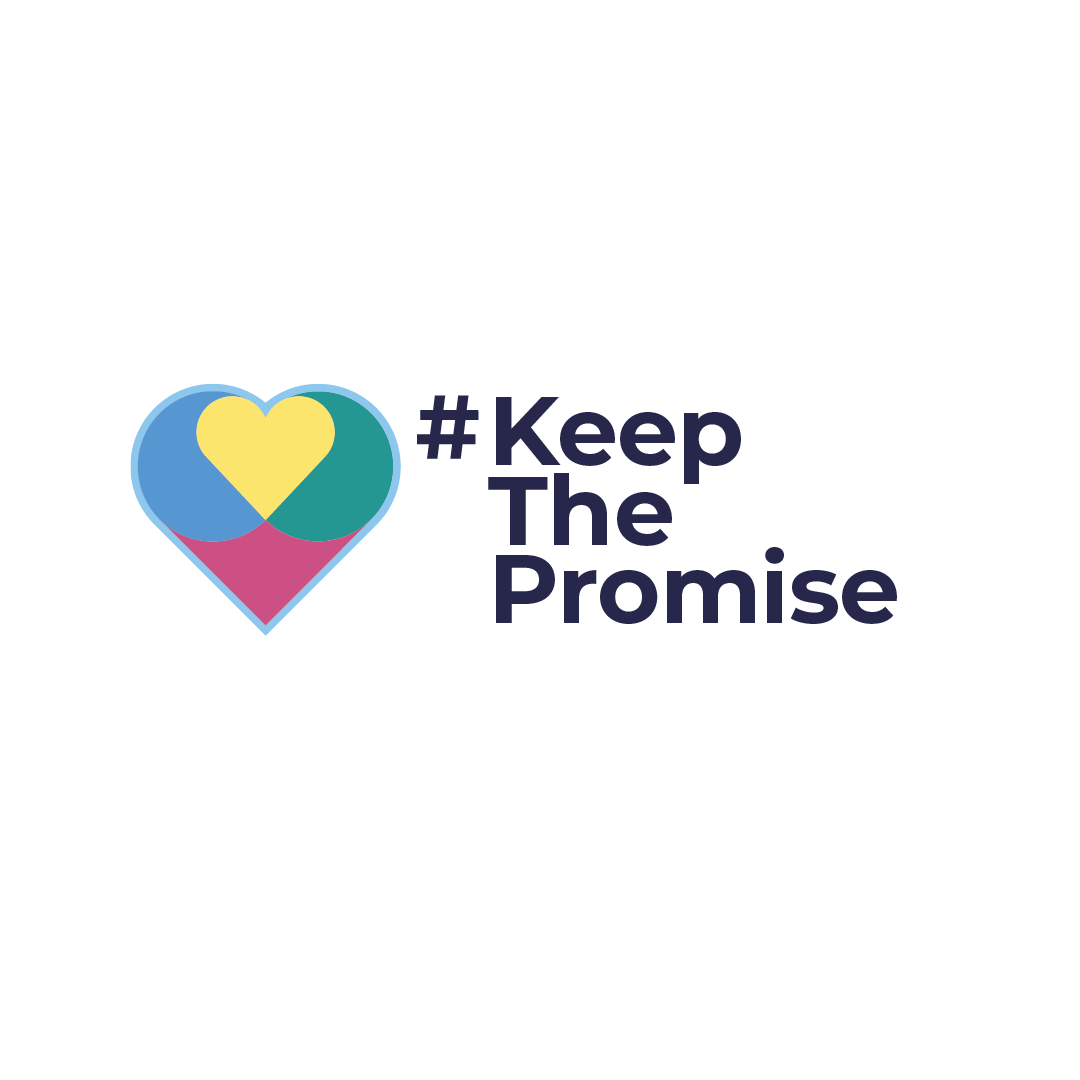Getting a round of Cranial Cocktails in - Happy Birthday, Emotional Homunculus
This year the SCCR is marking ten years of helping families resolve their conflicts. We're kicking off by celebrating another birthday, the sixth anniversary of the launch of our digital development Cranial Cocktails, or the Brain's Amazing Drugs Cabinet.

What on earth is an ‘Emotional Homunculus?’
Little Man, What Now?
This week we’re celebrating the sixth anniversary of the launch of our third psychoeducational resource, 'Emotional Homunculus,' also known as 'Cranial Cocktail, or the Brain’s Amazing Drugs Cabinet', which can still be seen here on our website.
‘Emotional Homunculus’s origins lie in our 2016 National Survey. The survey revealed that young people and parents / carers who needed help with family relationships wanted to understand the emotional cycles that lead to conflict.
The term 'homunculus' comes from Latin, meaning 'little man.' In this context, it refers to our 'inner human.' The ‘emotional homunculus’ is a sort of ‘map’ in the brain representing the human body and its connections to different organs and limbs. This map is crucial for receiving signals from our senses and responding accordingly.
So, to return to our opening question – what is it? The Emotional Homunculus is the part of our brain that makes us human; it changes and develops throughout our lives. This Emotional Homunculus influences how we react to whatever life throws at us, giving us the ability to remember and learn from experiences.
Blueprint for Behaviour
Now, how does the emotional homunculus impact our bodies? It taps into our 'Brain’s Amazing Drugs Cabinet,' where everyone has a collection of powerful chemicals called neurotransmitters. These chemicals are produced by our own bodies.
The emotional homunculus releases these drugs based on our experiences. It uses emotions such as pleasure, pain, risk, and reward to build a blueprint for our behaviour.
Understanding what's happening in our brains allows us to reprogram or retrain the homunculus. By grasping how we feel and how our bodies respond to those feelings, we can learn how to control our behaviour in difficult situations and so avoid conflict.
Cocktail Cabinet
‘The Brain’s Amazing Drugs Cabinet’ has a number of chemicals that work together to create different emotional states. The trick is to maintain the best balance between these chemicals to create the perfect cranial cocktail.
One example of how neurochemicals released during adolescence can have an impact on family relationships is Melatonin (‘the Brain’s Marvellous Sleep Drug’); it helps control everyone’s sleeping and waking cycles. But the teenage brain produces Melatonin later in the day (sometimes up to two hours later than the average child or adult) which means that they stay up for longer, plus there’s still Melatonin in their bloodstream in the morning for a couple of extra hours, leading to long lie-ins. So when adults complain about young people being lazy or staying up too late, it’s not their fault, it’s Melatonin’s!
Other mood drugs include adrenaline (involved in exercise), dopamine (risk-taking) oxytocin (the love drug) and endorphins (which help us experience pleasure).
On our website
On our Emotional Homunculus web page you’ll find the various emotional states represented as illustrated figures: ‘Fight or Flight’, ‘Anxious and Afraid’, ‘Freeze and Shutdown’ and so on. On the same page you’ll find a breakdown of the brain chemicals that create the ‘cranial cocktails’ that so affect our behaviour. For those who want to learn more or hold sessions that draw on our work, you can also find free downloadable booklets, short films, posters and digital cards.
The Launch and Beyond
Since our Cranial Cocktail launch on 17 January 2018, it has proven consistently one of the most popular parts of our website. The thought of that kept us warm that cold winter morning as we travelled to the Glasgow Science Centre which hosted the launch. It was there that we welcomed Maree Todd, then Minister for Children and Young People, and 100 Young People. A lot has changed in the world since that day but the science that underpins Cranial Cocktail remains the same as do the words of Maree Todd that morning:
‘I have no doubt at all that the new resources will be of real value to children and young people, parents and carers, and practitioners.’





